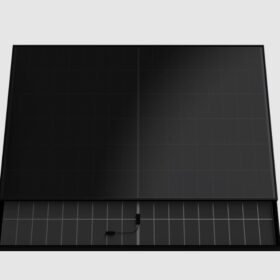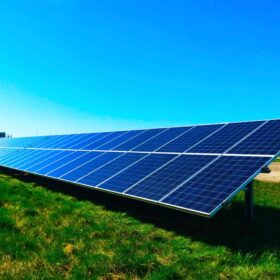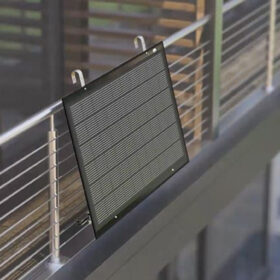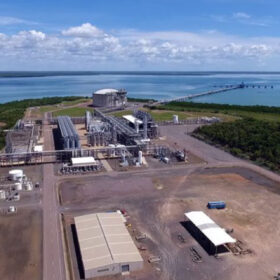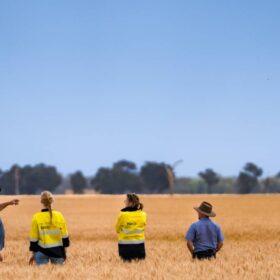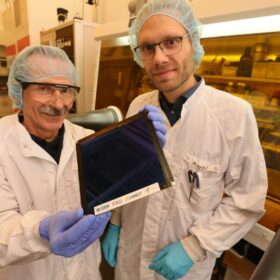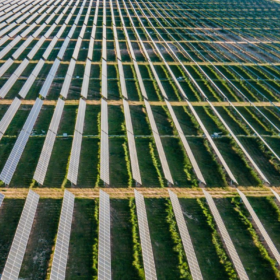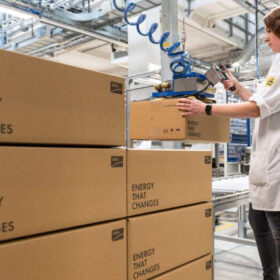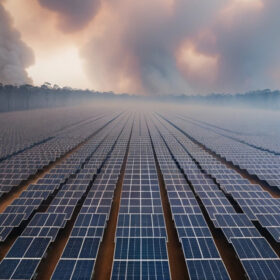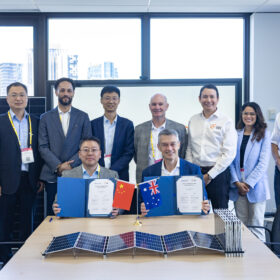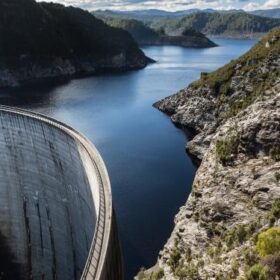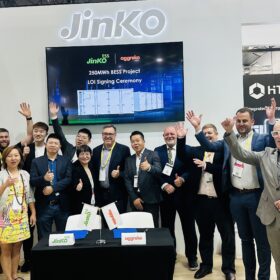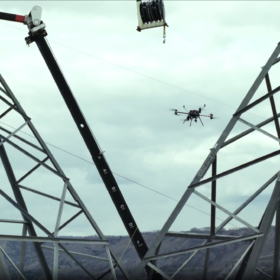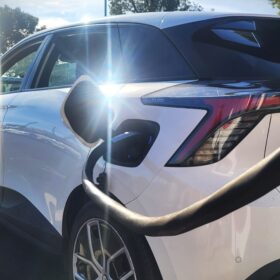AEG launches 23.3%-efficient ABC solar panel with 40-year warranty
AEG is currently offering three versions of its new ABC solar panels for rooftop applications, with power outputs of 445 W to 455 W and efficiency ratings ranging from 22.8% to 23.3%. They feature half-cut ABC cells with n-type technology.
Machine learning algorithm for inverter fault monitoring, prediction
The new algorithm monitors the inverter subsystems and sends alarms when maximum and minimum values are reached. It analyses data and categorises variables according to historic values.
Italian startup unveils 350 W balcony TOPCon solar modules
Fly Solartech Solutions Srl’s new 60-cell modules have a power conversion efficiency of 17.87% and a temperature coefficient of -0.27% per degree Celsius. The company offers the panels with 300 W, CEI-021-certified microinverters featuring 96.5% peak efficiency.
Darwin solar-power green hydrogen plant secures major project status
French renewables developer TE H2’s ambition to be an early mover in Australia’s giga-scale renewable energy generation and hydrogen production industry has received a boost with the Northern Territory government awarding major project status to the proposed Darwin H2 Hub.
Neoen gives go-ahead for second largest solar farm in global portfolio
The Australian arm of French renewables player Neoen is set to start the construction of its largest solar farm in New South Wales – and the second biggest in its global portfolio – pressing go on the 350 MW Culcairn Solar Farm being developed in the state’s south.
Researchers claim record-breaking 14.46% efficiency for organic PV module
A team of scientists at Germany’s Friedrich-Alexander Universität Erlangen Nürnberg has set an efficiency record of 14.46% for an organic PV module. The performance was certified by Germany’s Fraunhofer Institue for Solar Energy’s PV calibration laboratory.
Solar bike paths go online in Netherlands
Two new PV bike-path projects are now operating in the Netherlands under an initiative launched in 2018 by Rijkswaterstaat, the Dutch water management agency.
Lightsource bp targets renewables growth after offloading solar farm portfolio
Solar developer Lightsource bp has declared that proceeds from the sale of five utility scale PV projects in Australia with a combined capacity of more than 1 GW will be used to fast track the development of a pipeline of projects across the wider Asia Pacific region.
SMA to build 3.5 GW inverter factory in US
SMA Solar Technology AG says it will open a new 3.5 GW inverter factory at an unspecified location in the United States in 2025. The German manufacturer is currently talking with several US states and potential partners to select the best production site.
Black Summer wildfires impaired solar output, caused financial losses up to $29 million, researchers find
Smoke from wildfires significantly effects solar output, researchers from UNSW have found. Specifically, Australia’s Black Summer in 2019 – 2020 caused energy losses from residential and utility PV systems estimated between 175 to 35 GWh, equating to a worst-case financial loss of around $6.1 to $29 million.
